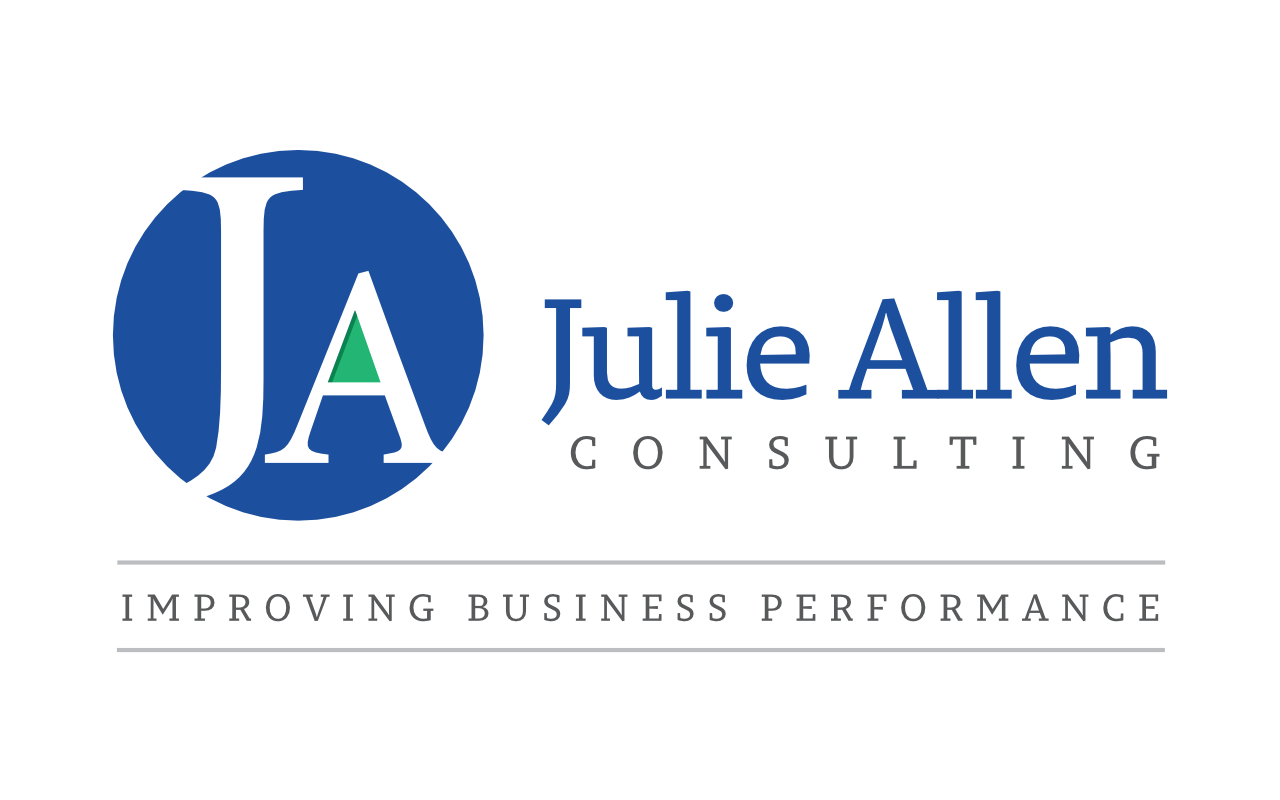The State of the Workplace
Life has changed for all of us over the last 2.5 years and there has been a lot of research published over the last few weeks about the state of the workplace that I would like to share with you.
If you are a leader you will need to act on this, if you haven't done so already.
Both PWC & CIPD found that almost a fifth of workers in the UK have said they expect to leave their current job for a new employer in the next 12 months as they seek better pay, benefits and job satisfaction.
The CIPD found those that who had left their previous employer had done so for better pay and benefits (27%), dissatisfaction with the leadership or senior management (21%) and a better work-life balance (20%).
Prior to the pandemic, a 2018 Korn Ferry predicted that by 2030, more than 85 million jobs could go unfilled because there wouldn’t be enough skilled people to take them.
Gallup's 2022 State of the Global Workplace report highlights that only 21%of the working population are engaged and 33% of employees are thriving in their overall wellbeing. Gallup estimates that low engagement costs the global economy US$7.8 trillion and accounts for 11% of GDP globally.
When asked 'Did you experience the following feelings during A LOT OF THE DAY yesterday?' The following said yes to:
Stress 44%
Worry 40%
Sadness 23%
Anger 21%
Gallup also estimated that we spend 81,396 hours of our life working, the only other thing we spend more time doing is sleeping.
Considering all of these facts it's more important than ever that leaders create a plan to ensure that their team find work enjoyable and rewarding to avoid increasing staff turnover, unfilled job vacancies, reduced productivity, safety and profitability.
What can leaders do to create an enjoyable and rewarding place to work?
Conduct an employee survey to understand how engaged and satisfied your team are and identify improvement areas to meet their physical and psychological needs.
Develop leaders to understand their own and other people’s emotions.
Spend time with your team reflecting on the team's shared purpose and give individuals the opportunity to reflect on how their sense of purpose connects to the shared purpose.
Create a psychologically safe environment, that is, one where people are comfortable expressing how they feel.
Provide the team with the skills to deal with the stresses of day-to-day life.
Do you need further help?
If so, I offer a complimentary call to discuss your requirements and how we might work together.
